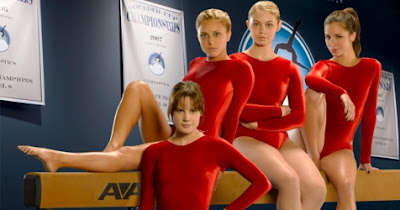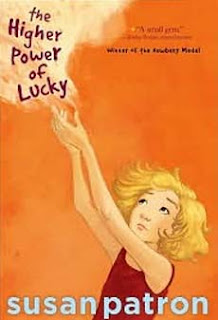Rowling, J. K. Harry Potter and the Prisoner of Azkaban. Scholastic, 1999. Paperback $7.99, ISBN 0-439-13636-9.
What’s it about?
Harry Potter is about to begin his third year at Hogwarts with a deadly escaped prisoner from the notorious Azkaban afoot, no less than Sirius Black, who betrayed Harry’s parents and killed thirteen people with a single curse. Harry is in danger, but he has Lupin, a kind and masterful Defense of the Dark Arts instructor, the sage and powerful Dumbledore, and, of course, his loyal friends Ron and Hermione on his side.
Find out more:
Harry Potter has had it with the Durselys. When his uncle’s insufferable sister insults his parents, Harry uses magic, a big no-no since he is an underage wizard. Gloomily expecting the worst, Harry runs away, only to find out that there are far worse things awaiting him than expulsion. A very dangerous prisoner has escaped from the infamous prison of Azkaban—Sirius Black, was killed thirteen people with a single curse. Worse still for Harry, Sirius was the man responsible for his parents’ deaths by betraying them to Voldemort. Harry isn’t safe from Sirius or from the Dementors that surround Hogwarts, ostensibly to keep the students safe by keeping Sirius out.
Rowling seems to improve her craft with every Harry Potter book. The second book was arguably her weakest, but Harry Potter and the Prisoner of Azkaban is the most tightly plotted, exciting and suspenseful book yet. This third volume introduces a new character, the likeable Professor Lupin, the first Defense of the Dark Arts character that actually knows anything about the subject he teaches. He acts as a mentor to Harry, teaching him the charm that can repel Dementors, the Patronus. Rather than following the formula of the first two books, Rowling creates a showdown that involves several characters rather than Harry vs. Voldemort, a good decision because while H vs. V is always exciting, it could end up feeling overused. There are many new additions to wizard lore and the world of Hogwarts in this book, including a new “pet” of Hagrid's, boggarts, and a mysterious Marauder’s map cryptically signed by Moony, Wormtail, Padfoot and Prongs.
Genre: Fantasy
Reading level: 7th grade
Genre: Fantasy
Reading level: 7th grade
Interest level: Grades 4-9—and beyond!
Awards:
ALA Notable Children’s Book
Booklist Editor’s Choice (1999)
Gold Medal Smarties Prize (1999)
A Los Angeles Times Best Book of 1999
Subjects: Wizards, Magic, Boarding School, Good vs. Evil, Betrayal
Read-alikes:
For children: Collins’ Gregor the Overlander series
Dahl’s BFG, Charlie and the Chocolate Factory, & Matilda
Lewis’s Chronicles of Narnia series
For adults:
Grossman’s The Magicians
Tolkien’s Lord of the Rings series
Many Harry Potter fans also enjoy the TV shows Dr. Who and Buffy the Vampire Slayer
Series information:
Harry Potter and the Sorcerer’s Stone
Harry Potter and the Chamber of Secrets
Harry Potter and the Prisoner of Azkaban
Harry Potter and the Goblet of Fire
Harry Potter and the Order of the Phoenix
Harry Potter and the Half-Blood Prince
Harry Potter and the Deathly Hallows
Companion books:
Fantastic Beasts and Where to Find Them
Quidditch Throughout the Ages
Tales of Beedle the Bard





































